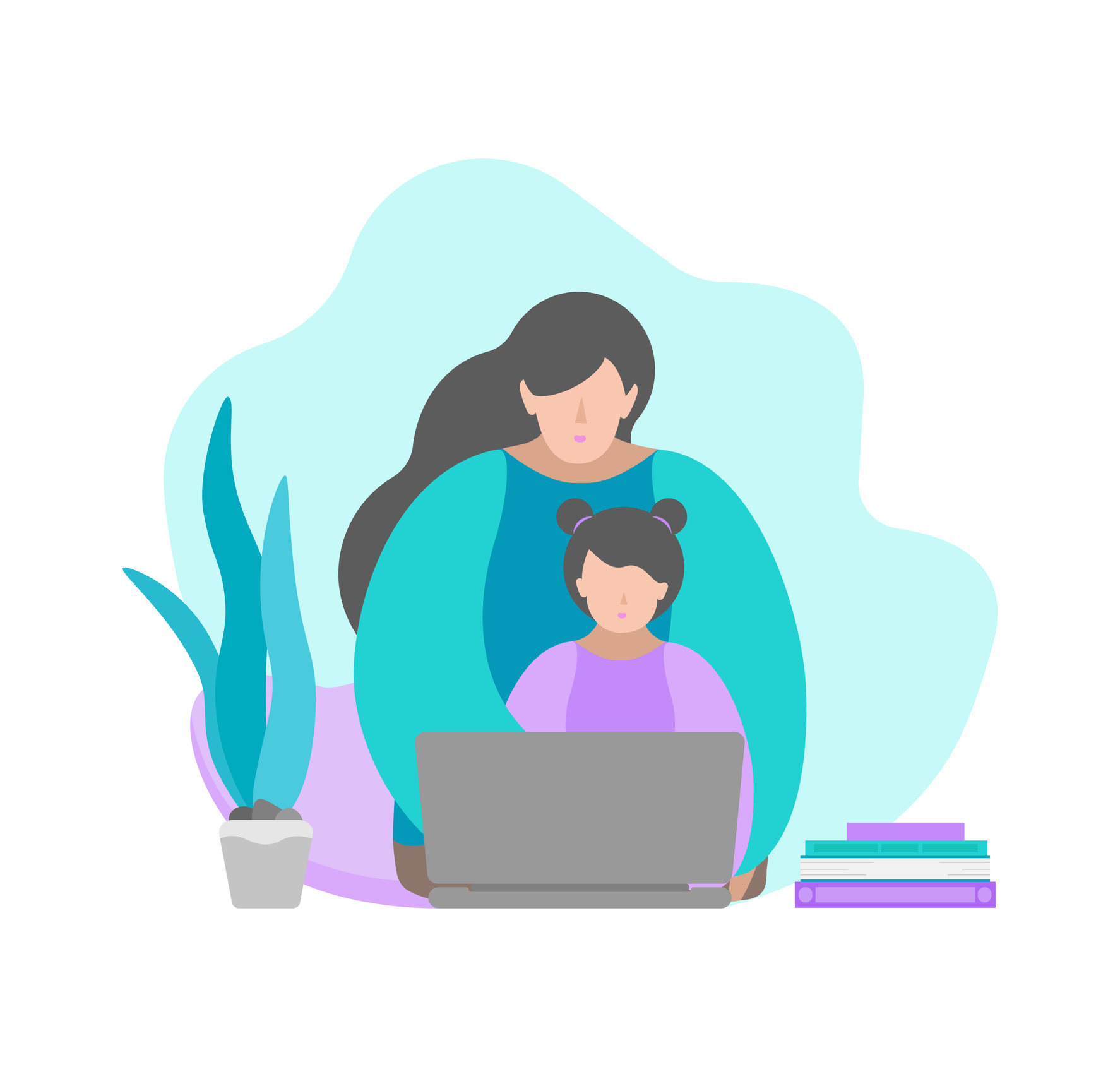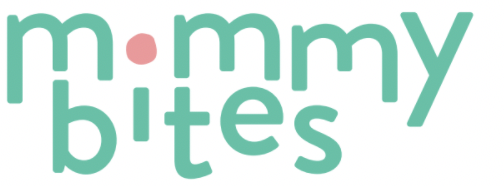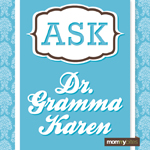
For parents, a break from school means a break from early-morning wake ups, lunch making, bus catching, and homework checking. But with all the extra time comes inevitable boredom. To keep kids of all ages engaged and learning at home (and, let’s be honest, to cut down on extra screen time!), you can do any of these fun activities together.
For Budding Artists
Before you toss that bag of cardboard boxes, scrunched up wrapping paper, and smooshed ribbon and bows to the curb on recycling day, use these unlikely materials in a living room sculpture competition. Give kids a chance to collect their supplies from a communal pile in the middle of the room and bring it back to their corner where they can use scissors (if age appropriate), tape, markers and glue to create their masterpiece. Want to make things even more interesting? Set a timer for 30 minutes so they have to get creative quickly.
For Book Lovers
To encourage kids to keep reading, try this twist on book club: have every family member pick a new book to read on their own (or with help for your beginning readers or pre-readers) and then set a day and time to come together to share what you learned about your story. Kids can create prompt cards–like Describe the main character or What part was most surprising?–and place them in the middle of the table to help encourage the conversation. And like any good book club, don’t forget the snacks! Feeling creative? Serve food inspired by each story.
For Number Crunchers
How do you make math (more) fun at home? With cookies or candies, of course. Round up those festive hershey kisses, M&Ms or candy canes and have kids practice the math they learned before break before they take a bite. For example, younger kids can group similar shapes while school-aged kids can make arrays or practice regrouping fact families.
For History Buffs
All of those holiday cards that came in the mail recently are the perfect jump start to creating a giant family tree. Start by sorting through and making friends and family pile. Then, help kids map out your family members with the oldest at the top. Don’t have a card from certain relatives? Write their names on a blank piece of colored card stock. It’s a great way to remind kids who’s who and share some special stories or details about your heritage along the way.
For Little Chefs
Following recipes is a great math and science lesson for kids! Plus, it’s totally fun for them to make something the whole family can eat. If you’re tired of cookies by now, find a delicious muffin or granola bar recipe and you’ll have breakfast for the week, too. For elementary kids and older, you can have them double the recipe to test their math skills.
For Nature Lovers
Looking out the window is much more exciting when feathered friends are flying in for a visit. To make an activity of bird watching, simply hang a homemade bird feeder. First, head outside to search for a just-right pine cone, then cover in peanut butter and roll it in oats and cornmeal. Help kids use string to hang it off a tree (one that’s in perfect view of your best window works best), then sit back and watch who comes to eat. Kids can also journal the activity each day by taking photos or writing down what they see, making predictions, and more.
For Curious Scientists
A good experiment is something kids will remember long after they return to school. If you grab those leftover candy canes and a few things from your pantry, you can banish afternoon boredom. Line up a few pint glasses and fill one each to the same height with water, vegetable oil, vinegar, and seltzer. Next, drop one candy cane into each glass and watch how quickly they dissolve. Remember to have kids first make a hypothesis, then record their observations. Which one will shrink the fastest? Lose color the quickest? Time will tell!
For Detectives In Training
When you find yourselves rehashing the best parts of your holiday get togethers, use it as an opportunity to play the kid-favorite Two Truths & A Lie game. How it works: take turns going around the room stating two things that actually happened (these are the truths), and one thing that didn’t (the lie), then you see who can guess correctly which of the three is the lie.



